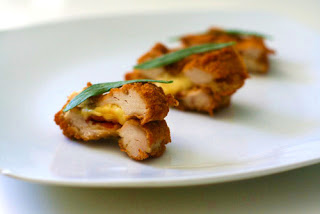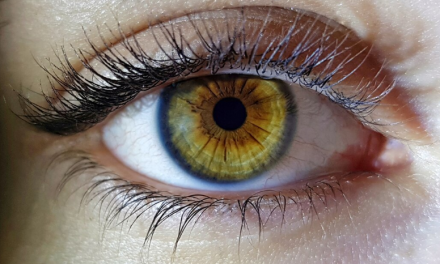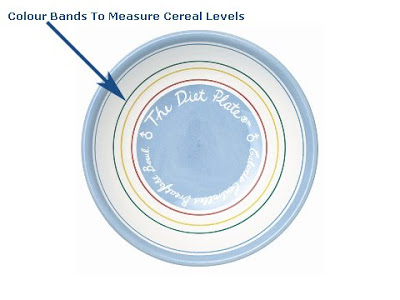It is well known that we tend to serve up larger portions of food on larger plates – decreasing dinnerware size is often recommended as one strategy for weight management. However, new research suggests that it is not only the size of our plates that we should pay attention to. It turns out that color contrast from both plate and tablecloth can affect how much we ladle up as well – and in opposite ways!
The first study, conducted by Koert Van Ittersum and Brian Wansink, asked 47 students from Georgia Tech University to serve up a target amount of cereal on small and large white plates, using black or white tablecloths as a background. As expected, larger portions were served up on the larger plates. What was very interesting was that when the large white plates were placed on a black tablecloth, the students served up nearly 10% more on their plate, compared to when the white plate was placed on a white tablecloth. Also interesting was that when small white plates were used on a black tablecloth, serving sizes were underestimated. In other words, serving sizes were more accurate when the plate and tablecloth color were the same.
The second study examined the effect of plate color on serving size. Participants were asked to serve up pasta with a red (tomato) or a white (alfredo) sauce on red or white plates. When the color of the pasta matched the plate, the amount of food that was ladled up was 28% larger than when the plate color contrasted with the food color.
A visual illusion, known as the Debouef illusion, is thought to be behind these findings. The premise behind this is that sizes (eg of food portions) appear different to us, depending on background shape sizes and colors. Interesting!
The take home messages from these studies are to have a contrast in color between your food and your plate, but keep the color of tablecloth and plate the same.












